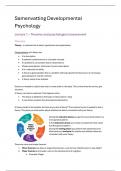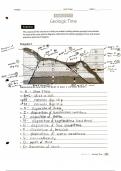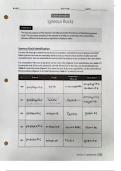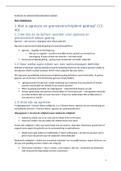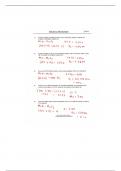Summary
Summary Developmental Psychology
- Course
- Institution
Summary of all topics of developmental psychology with slides, college notes and literature: theories on moral, cognitive, social, motor and languague development, nature-nurture debate, prenatal development, attachment and developmental disorders
[Show more]
